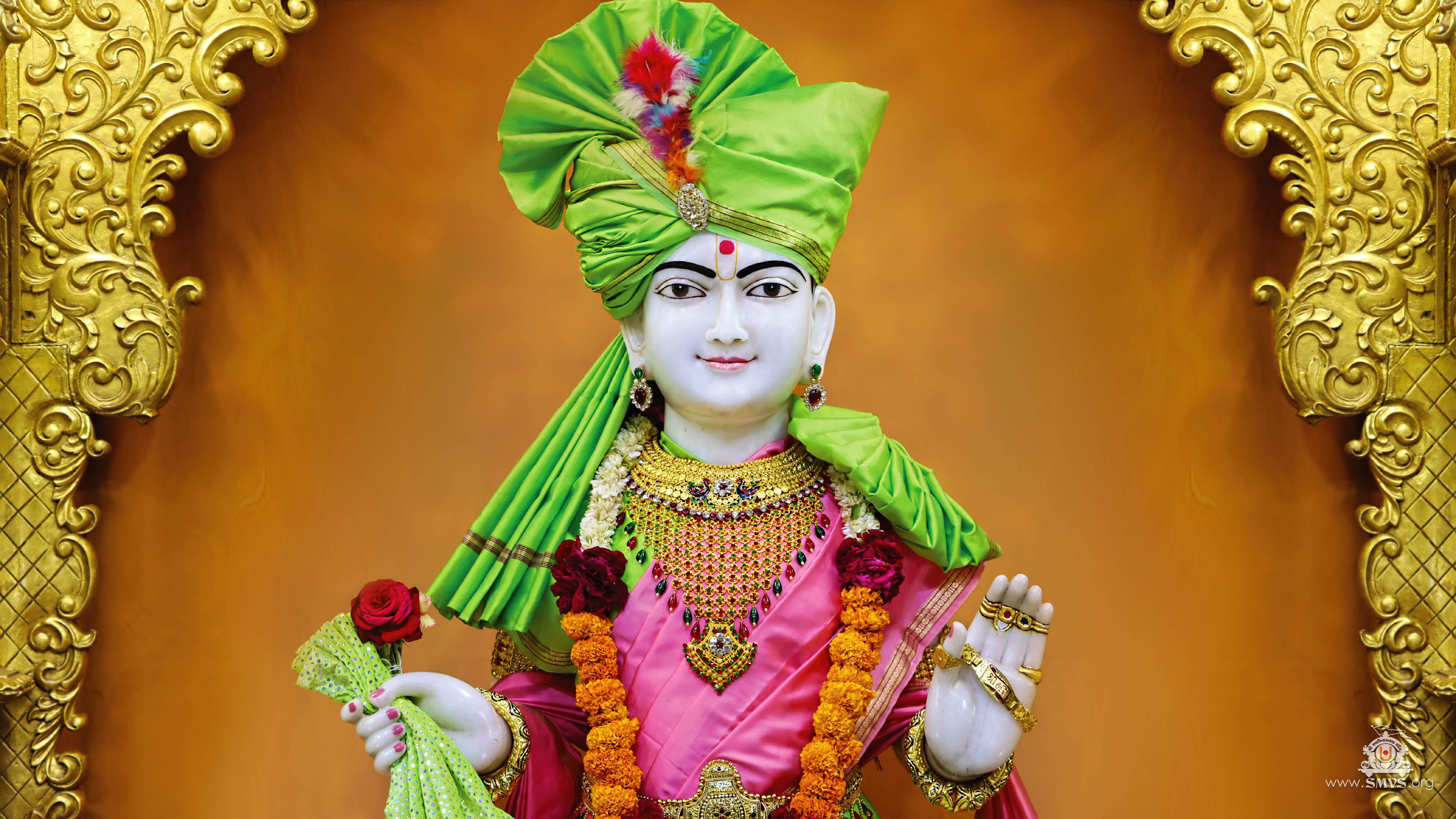
Spiritual Practices
DHUN
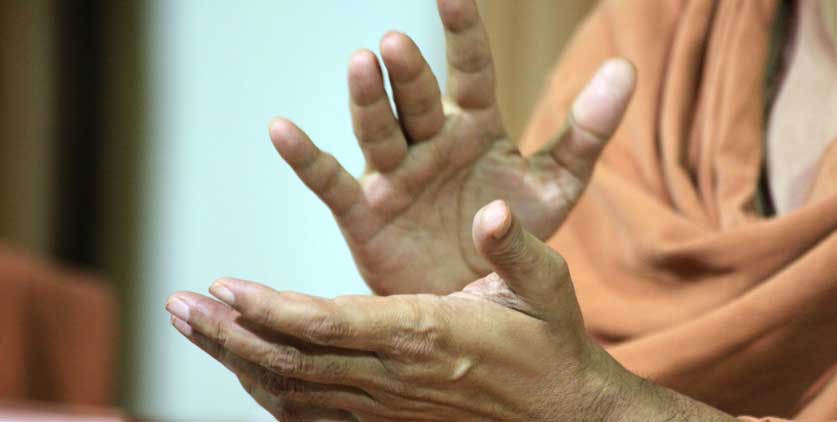
What is Dhun?
Dhun is the chanting of the divine name Swaminarayan in a focused and elevated tone. The word jap (chant) itself holds profound meaning:
"Ja"– the one who puts an end to the cycle of birth and death.
"Pa"– the one who burns away all sins.
In essence, by chanting the Swaminarayan mantra, the soul becomes free from the endless cycle of birth and death and the accumulated sins of countless lifetimes are destroyed. So then—why not chant Dhun?
Another Meaning of Dhun
Dhun also means deep longing or passion. Some people are consumed with the dhun for wealth, some for education, and some for sports.
But we are the children of Shriji Maharaj. Our ultimate longing should be to earn His Rajipo. Shouldn't we, then, be immersed in His Dhun?
Imagine this: eyes closed, visualizing Shriji Maharaj's divine form, and chanting Dhun. How immensely pleased Maharaj must be, thinking:
“Oh! Look at My devotee—so absorbed in pleasing Me! I am truly grateful!”
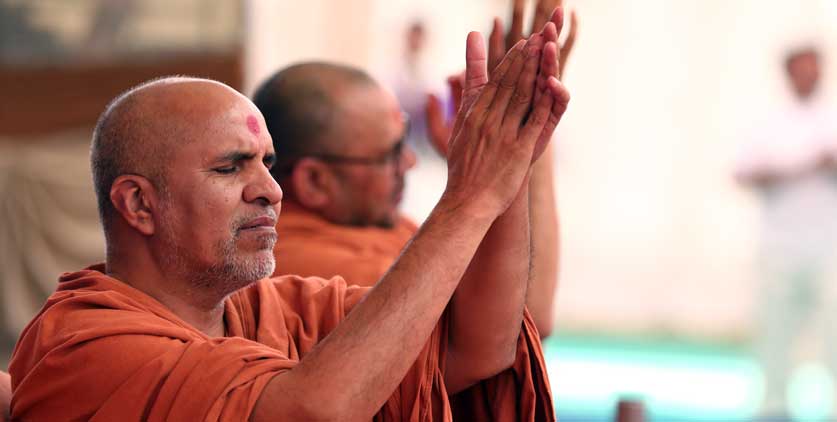
Clapping During Dhun
Dhun should be sung with clapping. Why? Think of it this way: when birds are sitting on a tree and we want them to fly away, we clap our hands. Likewise, by clapping during Dhun, we drive away the inner enemies—lust, anger, greed, pride, and so on.
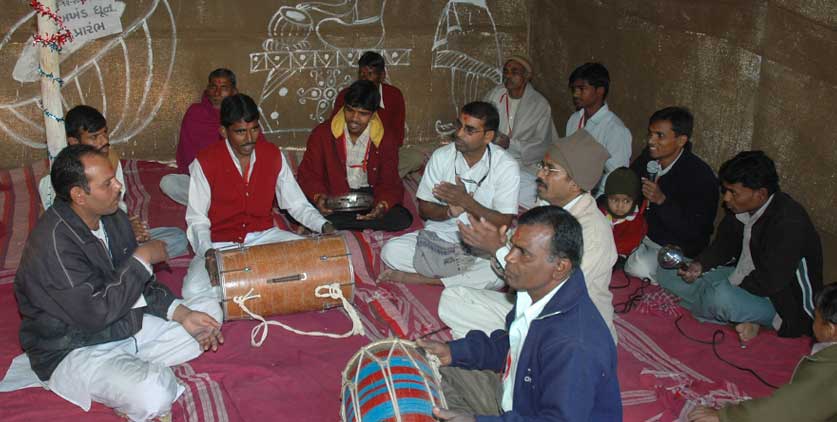
Where and When to Do Dhun
Chanting Dhun should become part of our daily lives:
In front of the ghar-mandir
During gharsabha
In our neighborhood
With friends during play
In school during breaks
And especially in mandirs and Bal Sabhas
Let us all chant together:
Swaminarayan... Swaminarayan...
Netra bandh kari Shriji Maharajni Murti dhaari ne dhun karo.
Khaata, peeta, harta, pharta dhun bolo.
Chant while seeing His form within you.
Chant while eating, drinking, walking, playing.
Swaminarayan... Swaminarayan...
Murti maa rahi ne bolo Swaminarayan...
From within His Murti, chant Swaminarayan...
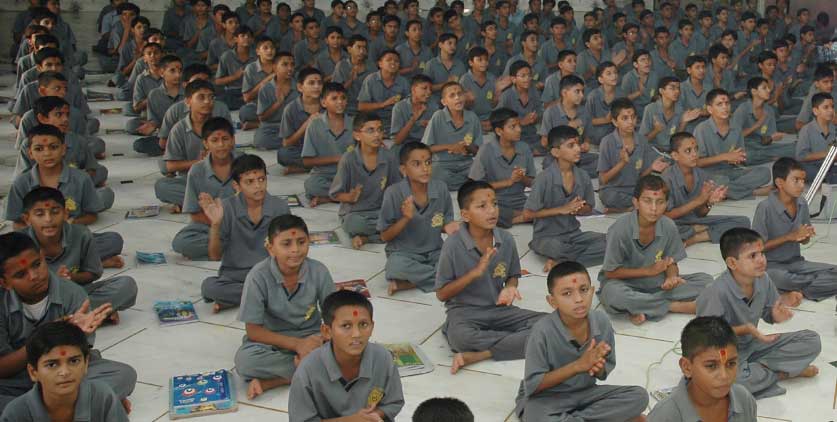
The Divine Protection Through Dhun
Let me share a story that shows the power of Dhun.
There once lived a pair of birds, Holo and Holi, who had built a nest in a large banyan tree. They lived joyfully with their chicks, gathering food for them each day.
One day, while sitting in the nest with their chicks, Holo peeked outside and saw a hunter below, aiming his bow and arrow directly at them. To make matters worse, an eagle was perched above, ready to swoop in for the kill. Death loomed from both above and below.
The birds panicked. What could be done? But Holi had an idea. She told Holo,
“The true protector is Bhagwan. Let us chant His name. Let us begin Dhun.”
And so, they began chanting Dhun right from their nest.
Friends, when Bhagwan chooses to protect, who can harm? He is immensely compassionate—but He responds when His devotee sincerely remembers Him.
And so Bhagwan came to their aid.
At that very moment, a poisonous snake emerged from a hole at the base of the banyan tree. It bit the hunter's foot, and the hunter collapsed. The arrow he had aimed slipped and flew upward, striking the eagle instead. Both the threats—the hunter and the eagle—died, while the ones who were meant to die were saved.
How were they saved? That’s not the point. What matters is who saved them.
Such is the immense power of Dhun. It must be done daily—half an hour, fifteen minutes, or even just five minutes. If there is no one to chant with, chant alone.
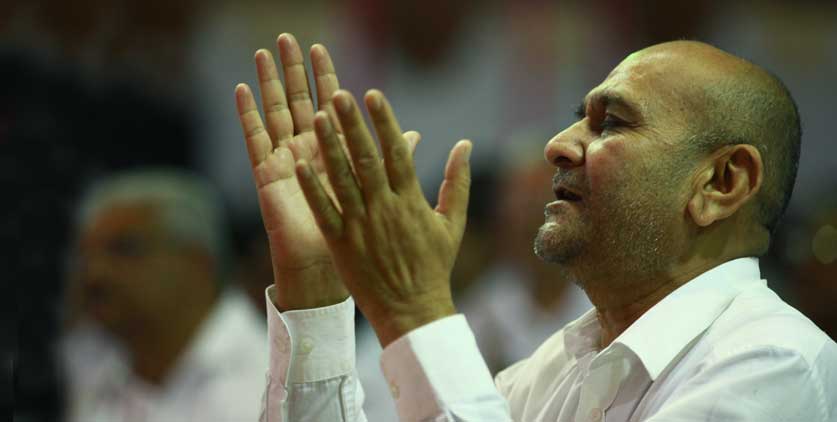
Bhagwan will look upon you and say:
“My devotee remembers Me so deeply!”
So Come, Dear Friends...
"Bolo re tame Swaminarayan bolo (r)
Harta ne pharta tame Swaminarayan bolo,
Swaminarayan bolo bhaiyo, Swaminarayan bolo;
Murti maa rahi ne tame Swaminarayan..."
"Chant, O devotees—chant Swaminarayan! (r)
Chant while walking, while playing, in every moment of your day.
Chant Swaminarayan, brothers—chant Swaminarayan.
See His Murti within you and chant Swaminarayan..."












